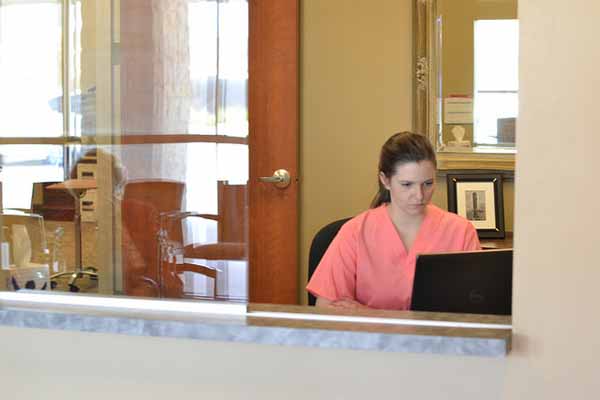
Are no-show patients a big problem at your practice?
“Bringing down your no-show rate is a win for practice productivity and for better patient outcomes,” said TMA Practice Consulting Associate Vice President Heather Bettridge. “It’s a challenge we see in practices all the time. Tailoring your no-show strategy to your patient population, specialty, and physicians is likely to get the best results.”
Here is how one practice cut its no-show rate steeply, as reported in the Journal of the American Osteopathic Association.
The practice is a community-based health center in Elmont, New York, that offers primary health care along with services like behavioral and dental care, care coordination, and help with state programs and insurance. The clinic sees about 20,000 patients a year, and osteopathic family medicine residents provide most of the medical care, the journal article says.
The clinic compared its 2015 quarterly no-show rates with corresponding 2014 rates. The last quarter of 2015, which was the first quarter measured after the clinic launched its no-show initiative, saw no-shows fall by one-third.
Assessment First, Then Action
The clinic’s two-phase approach contributed to its success by first identifying the roots of its no-show problem. Front desk staff contacted patients to ask them why they didn’t show up. The top three reasons: forgetting the appointment, being called in to work, and not being able to get through to the center or leave a voicemail for cancellation. In addition, a team met with clinical and office staff to identify no-show issues unique to each specialty.
The clinic used all of this information to make these changes to its daily routine:
- Give all patients a reminder call about their appointment one day in advance.
- Educate patients on site with large signs, and during phone calls with front-desk staff, who followed scripts, about the importance and method of canceling or rescheduling appointments in advance. Also, resident physicians contacted no-show patients within two days of missed appointments to educate them and reschedule appointments. They also talked to patients during office visits about the need to keep appointments to reach their health goals.
- Answer every front-desk phone call by arranging work flow so all front-desk employees can answer any call on any phone.
- Raise awareness among all staff by reporting the no-show rate for each health care professional in a weekly email.
- Adopt custom practices for each specialty, such as more flexibility in scheduling for behavioral health patients.
- Use patient-centered communication, which focuses on respect for patient values, preferences, and needs.
Patients reported anecdotally that the reminder calls helped and that they appreciated the more personal contact from front desk and clinical staff. They also said they understood better the importance of and how to cancel or reschedule appointments in advance, the article says.
TMA Can Help
TMA’s practice management consultants can help practices of all sizes create a customized no-show plan by assessing your problem areas and making recommendations for scheduling, front-desk operations, patient communication, and other necessary changes.
Consultants also can provide on-site training for staff and an assessment of no-shows on your practice finances.
Find more information on TMA’s website or by calling (800) 523-8776.